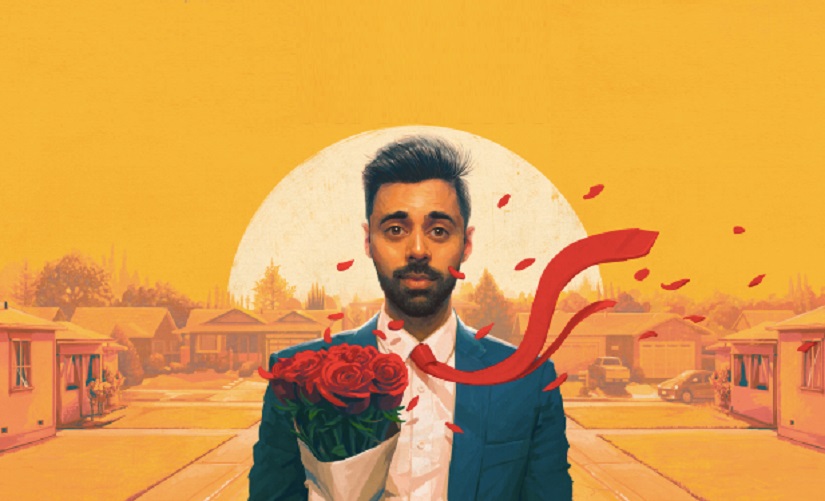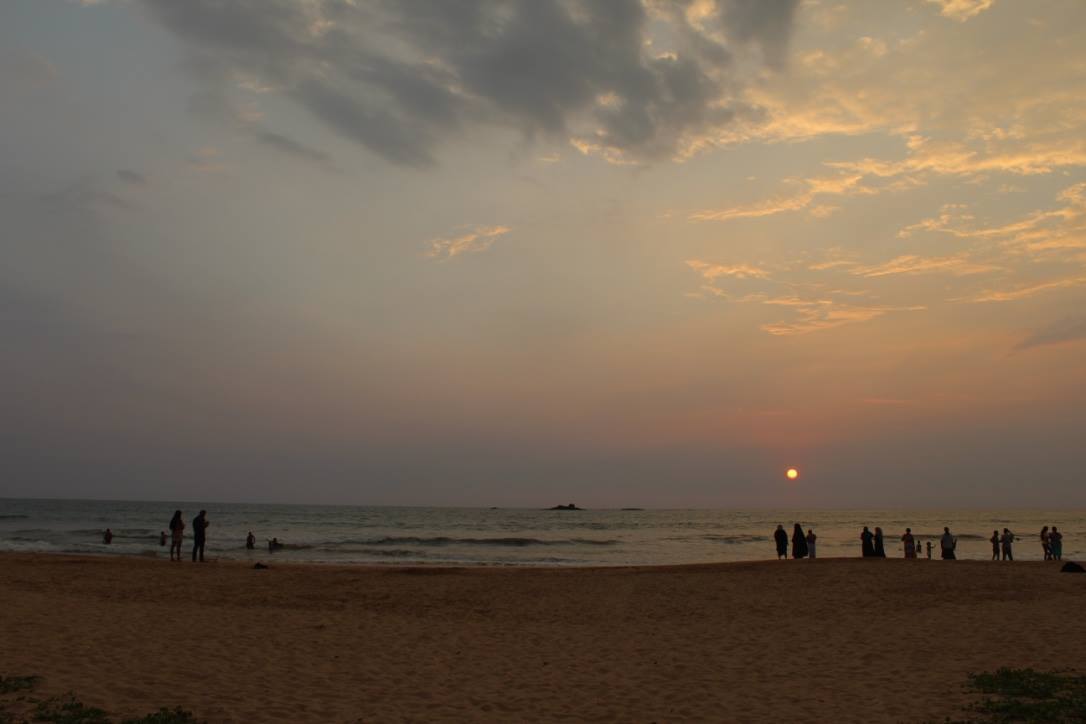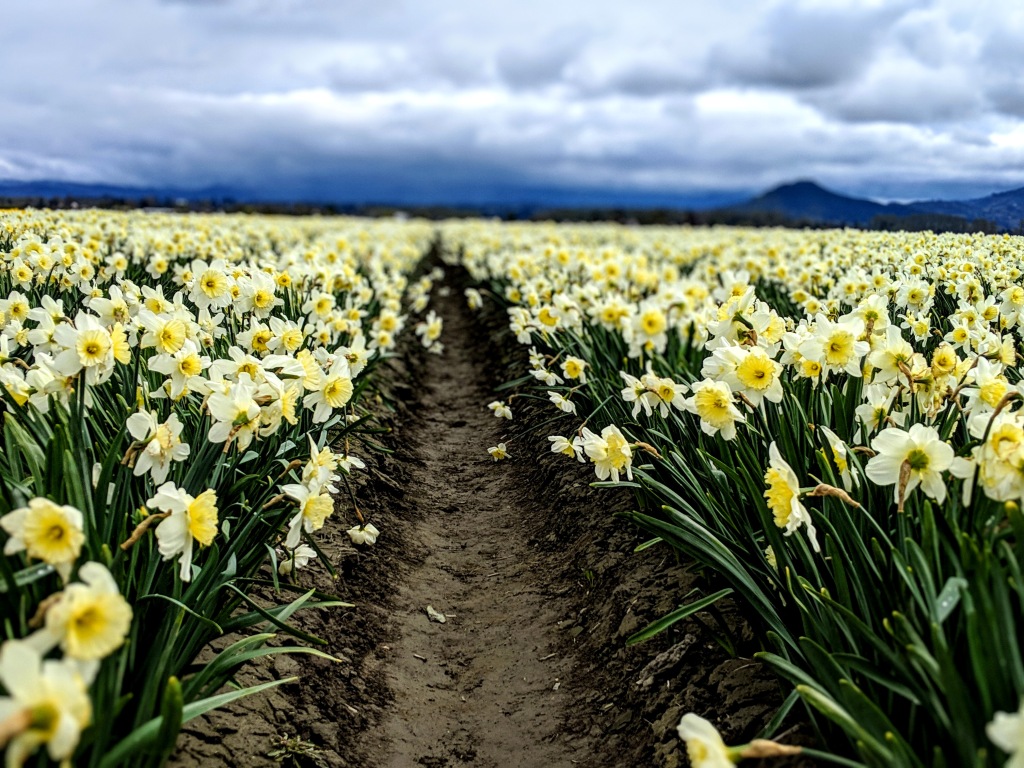
#PHOTOOFTHEDAY 6
#PHOTOOFTHEDAY 5
#100books 3. City of thieves
What is #100books ?- I wanted to share the details of some really amazing books that I read. They need not always be the typical bestsellers. I accidentally “discovered” most of them – some in airport stores of different countries, some in friends’ old hard disks and some are new releases. So, sharing the awesomeness.
A local book store owner recommended this book when I was about to put it back down in the store after browsing through the cover.
What I remember the most while reading this book is how I felt the ebbs and flows of feeling the comedy and tragedy. It has the recipe of a typical best-selling historical fiction book – protagonists Kolya & Lev, his romantic interest Vika, and a so-called villain but it’s not primarily their story. The book is the story of Russia through the characters’ eyes, about the sieze of Leningrad by Nazis during world-war II that killed more than 3 million people.
The protagonist Lev is a 17 year old Jewish boy, son of a poet who was killed by Russian government and who knows about drawbacks too well but still longs for something beyond what reality tells him.
“This wasn’t the way I had imagined my adventures, but reality ignored my wishes from the get-go, giving me a body best suited for stacking books in the library, injecting so much fear into my veins that I could only cower in the stairwell when the violence came. Maybe someday my arms and legs would thicken with muscle and the fear would drain away like dirty bathwater. I wish I believed these things would happen, but I didn’t.” – Lev
While Kolya is a seemingly carefree character and Lev’s companion in an unusual adventure. He brags (to Lev’s annoyance) about his interests and skills which are literature, women and his fighting.
“Kolya considered himself a bit of a bohemian, a free thinker, but in his own way he was as much a true believer as any Young Pioneer. The worst part about it was that I didn’t think he was wrong.”
And these two characters were my window to understanding a bit of what Russia went through during WWII. Author David Benioff did his research from the book 900 days to keep the setting close to reality of the 900 day sieze of Leningrad. A constant thought for me while reading the book was about the preciousness of life for a human being, what thoughts would come to a person’s mind when they and everyone around them are being killed so easily just like an insect. And the fact that the setting in this historical fiction story is mostly non-fiction made it even more heart-breaking to read. When I read the stories of people struggling to survive, eventually most dying of starvation, resorting to cannibalism and worse, watching all of their loved ones die while waiting for death – it was a grim reminder of Darwin’s survival of the fittest.
But when you are done with the book, you will feel and remember the hope and defiance of the characters to survive and to do something right by their country. At the end, you can’t help but feel the sadness that these fictional characters felt and admire this amazing city of Leningrad and its people for real.
Laos, the quaint beauty
Laos is a hidden gem among its more popular neighbors – Thailand, Vietnam, Cambodia, etc. My partner and I were there in end of April this year in a quaint Laotian town called Luang Prabang, which is also a UNESCO world heritage site.
It took me just two days to start feeling the soul of this place. This city is pristine and untainted : both in its geography and people. The Mekong river that lines the city with bamboo bridges for pedestrians to cross, authentic Laotian cuisines, houses with complete tile ceilings (no concrete ones) makes for a great rural and timeless setting. The people here are so content, happy and friendly! Their culture is rooted with Buddhist principles and simple living.

Laos is also a country of interesting contrasts, it is a deeply Buddhist country run by a communist government (vs other Buddhist democracies like SriLanka and Bhutan). It is a place where people are content despite some poverty. It is the most bombed country in the world but still has an optimistic society.
Memorable experiences in Luang Prabang:
Utopian Chilling: Lazing around in Utopia bar with a spicy Papaya salad (local dish) and hot chocolate, looking upon Mekong river, falling asleep while reading – this was so much like my personal definition of “chilling”
Volunteering: We signed up for half a day of volunteering at Big Brother Mouse learning center, talking to local youth who are keen to learn conversing English. These kids were simple hearted, hardworking and funny too. Most of them came from agricultural families that were hardly making ends meet. In the 4 hours we spent there, we learned a lot about Laotian family structure, education system, childhood in the country; we came out with a feeling of respect for the society and an admiration for these young adults.
Watching sunrise from Mt PhouSi: Luang Prabang is surrounded by mountains and is located at an intersection of two rivers Nam Khan and Mekong. Buildings are not more than 2-3 stories providing a clear view of whole town from top. Imagine that! We started our climb at early morning at 4.30 am and reached the top in 30 minutes. The sunrise was so beautiful, we found ourselves surrounded by a mesmerizing view of the town turning from night’s grey shade to different hues of orange and yellow with sunrise. The sight of this town waking up is something I am never going to forget! Another interesting observation was ALL the houses in town have ceramic tile roof-tops and no cement roof-tops at all!


Luang Prabang night market: Since the town shuts by 7-8 pm, we were strolling in the night market for almost 3 nights, with nothing else to do and were far from getting bored. It has some really cool handmade items (handmade bags, paintings by local artists, clothing, souvenirs, etc) . We just need to have an eye to look for the items of value and the skill of bargaining. Night Market street also boasts of some of the popular restaurants in Luang Prabang like Blue Lagoon, Tangor, Coconut Garden.



Trying the unique Lao cuisine: We tasted and learnt a lot about authentic Lao cuisine in this amazing restaurant called Tamarind where the staff while serving also explain how each dish is made and the ingredients used. Since Laos is landlocked without any trading port, its flavors have not been shared with the world much which makes it more covetable. We had the set dinner menu at Tamarind, highlights were bamboo soup, herbed fish, sticky rice dessert with coconut and lemongrass chicken. The tamarind, lemongrass and coconut flavors were refreshingly delicious!

Bike around the city: We rented bicycles for around four days to travel within the city, we remembered all the directions by day two, thanks to the small perimeter and Mekong river acting as a compass. For going out of town, highly recommend using the scooters (especially if it’s not too hot outisde) to sink in the local setting.

Almsgiving ceremony: Laos is known for a sacred ritual of almsgiving. Every morning around 5.30 am, locals line up on either side of certain streets with their home cooked food to donate to the monks who would be walking through those streets. There is pure silence throughout and you can feel the sanctity of this practice right away.

UXO, a wartime legacy: 270 million bombs were dropped by the USA on this poor little country during Vietnam War. Even to this day, a few people (mostly children) die or get severely injured every year by some of those unexploded bombs in agricultural fields etc. This organization makes efforts to remove some of those unexploded bombs and prevent some deaths. It was heart breaking to see how some parts of the country was destroyed during Vietnam war.


Spotting the French influence: Laos was a French colony for a long time until 1940s. This influence can be seen in the architecture, with large colorful windows on white painted buildings, cafes serving baguettes and popularity of coffee. Spotting these French signs was like playing a fun treasure hunt game.

Ethnic melting pot: Luang Prabang consists of locals from many ethnicities who migrated from the mountain ranges, nearby China, etc. Each tribe has its own way of dressing, traditions, music, bead styles which is very interesting to see ij the local museum and we were surprised by their uber cool fashion sense.

Kuang Si waterfalls: The stretch of dense and lush greens on all of the 40 km ride from Laos to Kuang Si waterfalls gave us an indescribable joy, it felt like traveling back in time by 50 years and we were humming our favorite songs all along the way. The waterfalls are three layered with 50 metres height with clear waters and are a popular destination for tourists. First we did a nice trail to reach the top beyond the waterfalls. After returning, we climbed to the top of waterfall, bathed, played silly water games till evening and came back all drenched with water on our clothes and happiness in our hearts.
By end of the trip, I developed a sense of belongingness with Luang Prabang. It’s also special since this is out first travel post wedding and we will always look back fondly to this one week’s memories!

Stay & hospitality: We stayed in two hotels Kiridara and Lotus Villa boutique hotel. Both are in peaceful localities and the breakfasts were delicious! Especially those signature tamarind jams, fruits bowls & Laotian options. My favorite part about Lotus villa was service! When they double billed us for the bike rent twice by mistake & realized it the next day, they called us to know our next address and travelled about 10 kms to give it to us. And what I liked the most about Kiridara was the ambience and those beautiful sunsets from our room balcony





#100books – 2.The one self-help book I finally liked
What is #100books ?- I wanted to share the details of some really amazing books that I read but need not always be the typical bestsellers. I accidentally “discovered” most of them – some in airport stores of different countries, some in friends’ old hard disks and some are new releases. So, sharing the awesomeness. Check out my earlier review here.
Here we go with the second one….
I became a fan of the author Rolf Dobelli after reading his book “The Art of Thinking Clearly” last year. When I saw his latest book “The Art of the Good Life” on the stands, I wasn’t sure about picking up this book, given it’s cliched title. But I did anyways and this turned out to be one of the most to-the-point and impactful books I read in a while. Similar to his earlier book, this book is divided into multiple chapters (52), each contributing for the so called “good life”.
This is a “no rhetoric”, “straight to the point” book with summaries on topics like – modesty vs self importance, outer vs inner scorecards, being a specialist vs generalist. I read some interesting points of view & theories for the first time . Ex. (a) Sturgeon’s law – how 90% of everything is just bullshit and to be selective in our choices of people, information, etc, (b) “Secretary problem”- how to effectively choose from a given sample set, (c) “Decision Fatigue” – how increased choices are impacting our decision process.
It also addressed some of my long term dilemnas on reading efficiently, reacting to the world around us and role of volunteering, dealing with negative emotions like self-pity and envy, building a “mental fortress”, understanding and operating within our circle of control, dignity and competence in life, (non)importance of having opinions on various topics. I was surprised at the author’s take on most of the above topics.
He uses examples from history and his personal experiences to illustrate them better. He ends every chapter with a clear “call-to-action”. While reading, I found many of the topics personally relevant and above all, his ideas were “refreshing”.They are useful and actionable for bettering our personal and professional lives.
The only permanence we know…….. #CuratingPreciousThoughts
“The sublime assurance that although everything we love — people, places, possessions — can and likely will eventually be taken from us, the radiant vestiges those loves leave in the soul are permanently ours, and this is the only permanence we’ll ever know.” – Patti Smith
Homecoming King
 I followed Hasan Minhaj’s work from The Daily Show, even before his White House Correspondent’s dinner roast that took his popularity to the next notch. So, when a friend posted on Facebook that Homecoming King special on Netflix is the best show he has seen so far, I signed up for Netflix just to watch this special hoping it would be worth all the hype – and it was!!
I followed Hasan Minhaj’s work from The Daily Show, even before his White House Correspondent’s dinner roast that took his popularity to the next notch. So, when a friend posted on Facebook that Homecoming King special on Netflix is the best show he has seen so far, I signed up for Netflix just to watch this special hoping it would be worth all the hype – and it was!!
The focus of this show is about Hasan’s growing up as a brown kid in a white neighborhood of Davis, California, being in USA during 9/11 as a Muslim/Indian American kid and how he and his family dealt with their identity in pursuit of American Dream. Stand-ups around race is not at all a new topic for comedy – but what makes this show stand out is Hasan’s boyish enthusiasm (his jumping around the stage, big expressive eyes and body language), and the way he used his own life experiences, without much generalization or offense towards any broader group, made it fresh and funny.
His narration is really good, especially the use of pictures and snippets of conversation on slides in the background makes the entire segment much more relatable. It starts from the story of his father meeting his mother, to him meeting his sister for the first time, from his crush in first grade to his high school prom to Pizza Hut commercial, it is all personal and heart-warming with an underlying truth about race and identity in each segment. Quoting Hindi phrases from his conversations with his parents makes it more authentic.
What I found unique in the show is Hasan’s courage to share his very personal experiences, even the times when he was not the ideal brother or son – it is as funny as emotional. When he mentions his father and sister a few times – I was laughing at the jokes but also felt the gratitude and respect he has for them.
It all ends on a happy note though – his parents’ support when he marries a Hindu girl, how his “refugee” sister became the 1% in USA, his first kiss, revenge, forgiveness and his meeting with Jon Stewart while auditioning for Daily Show. Overall, it is an hour of great storytelling and laughter riot.
#PHOTOOFTHEDAY 4

The epic road trip….
The beauty of road trip lies in the subtle unspoken moments where you get to know so much about people, notice these little things to make fun of, understand them etc. And I felt like I was actually in the place and not that watching it like a TV. The vast open lands around us, speeding at 100 km/hour in a Mustang, oh the joy!








